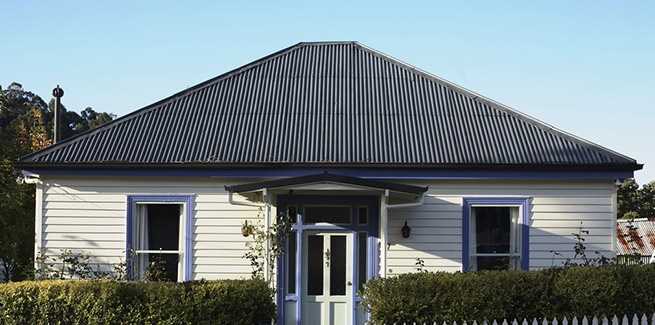First introduced on 1 January 2020 under the Morrison government, the First Home Loan Deposit Scheme (FHLDS) is an initiative that allows 10,000 first home buyers (FHBs) each year to purchase a new dwelling with a deposit of 5 per cent.
According to the National Housing Finance and Investment Corporation (NHFIC), there are currently 27 lenders in Australia capable of providing the FHLDS for eligible borrowers, which include NAB, Commonwealth Bank and 25 other non-major banks.
Under the initiative, a minimum of 50 per cent of the lenders must be supplied to the non-major banks.
However, from 1 July this year, five new lenders will be joining the NHFIC’s panel, able to provide the FHB scheme.
According to the corporation, these non-major lenders are Credit Union SA, Illawarra Credit Union, IMB Bank, Newcastle Permanent Building Society and Unity Bank Limited.
The NHFIC has said the decision to add these lenders follows a “competitive procurement process” run by the body.
Further, the housing corporation has said the inclusion will come at a year when it is anticipated that 50,000 new places available will be made through the scheme to eligible home buyers.
As of 31 May, the FHLDS, in conjunction with the New Home Guarantee and the Family Home Guarantee, has assisted over 60,000 Australians in either buying or building a home.
However, the initiative has previously been criticised as largely benefiting those who otherwise did not require assistance.
A statutory review of the operation of the National Housing Finance and Investment Corporation (NHFIC) Act 2018, published last year, reported that the FHLDS mostly benefited first home buyers who would have been already able to purchase a property within one or two years.
“The majority of first home buyers do not obtain a benefit from the FHLDS. This is either because they are not eligible or because all available guarantee allocations have been exhausted,” the report said.
“For these prospective buyers, the FHLDS provides no benefit and there remains a pressing need for assistance in overcoming the challenge of reaching a 20 per cent deposit.”
Other criticisms include that these schemes don’t effectively address the wider unaffordability crisis in Australia.
In April, the Community Housing Industry Association (CHIA) called for 25,000 new social and affordable rental homes every year.
It’s also not entirely clear how the Albanese government will embrace or address the NHFIC and its related schemes in the near future.
Last month, prior to the federal election, then-opposition leader Anthony Albanese pitched the Labor Party’s Help to Buy scheme: an initiative that would see the government provide an equity contribution of up to 40 per cent.
In turn, eligible borrowers would only require a deposit of at least 2 per cent.
[Related: Young FHBs rise over FY20: ABS]
 ;
;